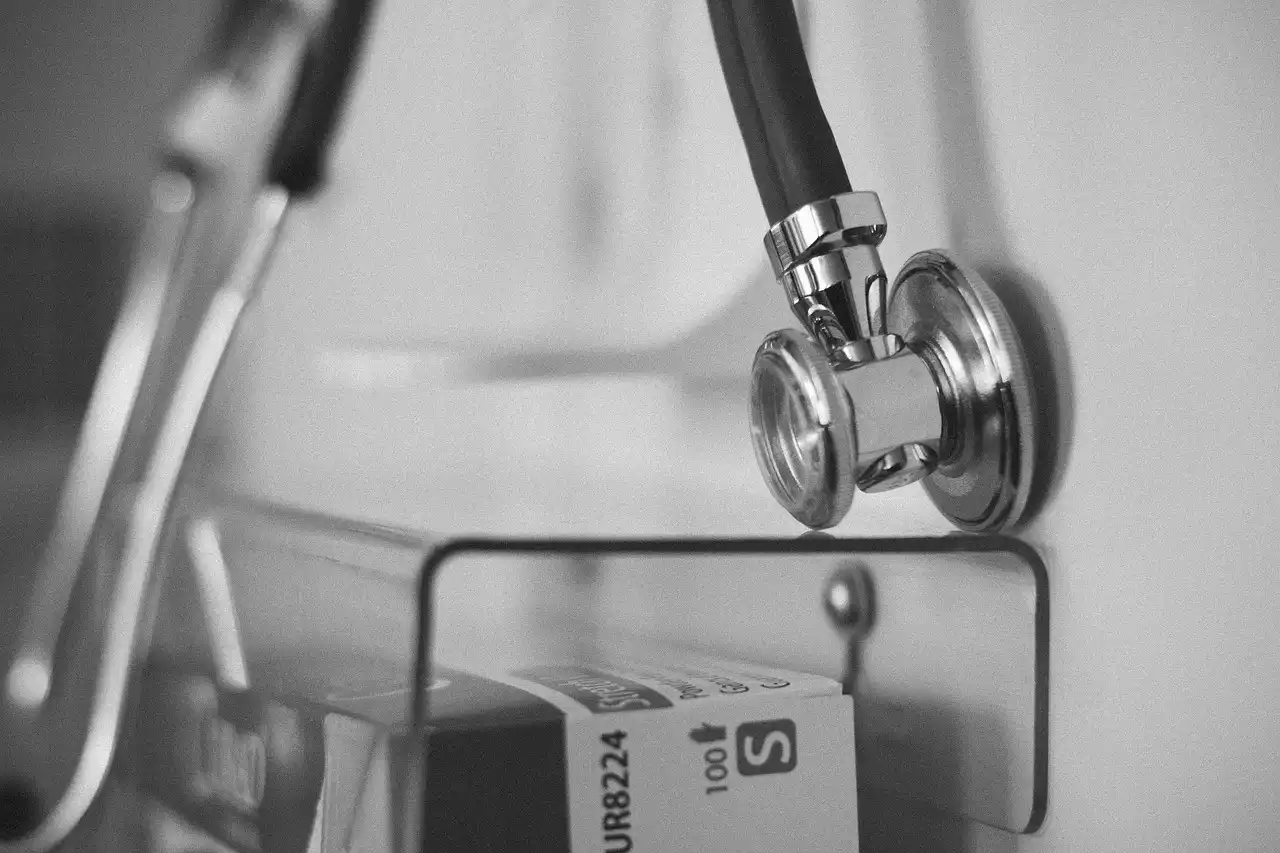Understanding Preeclampsia
Preeclampsia is a pregnancy-related medical condition that occurs in around 5-8% of pregnancies. It is characterized by high blood pressure and damage to organs, such as the liver and kidneys. Preeclampsia is usually diagnosed after the 20th week of pregnancy and can be mild or severe. In severe cases, preeclampsia can lead to seizures, a condition called eclampsia, which can be life-threatening for both the mother and baby.
The exact cause of preeclampsia is not fully understood, but it is thought to be related to problems with the blood vessels in the placenta. The placenta is the organ that connects the baby's umbilical cord to the mother's uterus, and it provides the baby with nutrients and oxygen. If the blood vessels in the placenta don't develop properly, they can cause problems with the flow of blood to the baby, which can trigger preeclampsia.
Preeclampsia can also be more likely to occur in women who have other risk factors, such as being overweight, having a history of high blood pressure, or carrying multiple babies.
Causes of Preeclampsia
The exact cause of preeclampsia is not known, but there are a number of factors that may increase the risk of developing the condition. These include:
Previous history of preeclampsia: Women who have had preeclampsia in a previous pregnancy are at a higher risk of developing the condition in subsequent pregnancies.
High blood pressure: Women who have high blood pressure before pregnancy or who develop it during pregnancy are at an increased risk of developing preeclampsia.
Obesity: Women who are overweight or obese before pregnancy are at a higher risk of developing preeclampsia.
Age: Women who are younger than 20 or older than 40 are at a higher risk of developing preeclampsia.
Family history: Women who have a family history of preeclampsia are at a higher risk of developing the condition.
Medical conditions: Women who have medical conditions such as diabetes, lupus, or kidney disease are at a higher risk of developing preeclampsia.
Signs and Symptoms of Preeclampsia
The signs and symptoms of preeclampsia can vary from woman to woman, and some women may not experience any symptoms at all. However, some common symptoms of preeclampsia include:
High blood pressure: This is the most common symptom of preeclampsia. A blood pressure reading of 140/90 mmHg or higher is considered high.
Protein in the urine: Preeclampsia can cause damage to the kidneys, which can lead to the presence of protein in the urine.
Swelling: Preeclampsia can cause swelling in the face, hands, feet, and ankles.
Headaches: Preeclampsia can cause severe headaches that are not relieved by over-the-counter pain medication.
Visual disturbances: Preeclampsia can cause vision changes, such as seeing spots or experiencing blurred vision.
It's important to note that these symptoms can also be signs of other medical conditions, so it's important to speak with your healthcare provider if you experience any of these symptoms.
Diagnosing Preeclampsia
Preeclampsia is usually diagnosed during a routine prenatal visit. Your healthcare provider will check your blood pressure and test your urine for protein. If your blood pressure is high and there is protein in your urine, your healthcare provider may order additional tests, such as blood tests and an ultrasound, to check on the health of your baby.
If preeclampsia is diagnosed, your healthcare provider will work with you to develop a treatment plan that is tailored to your needs. This may include medication to lower your blood pressure, bed rest, or an early delivery of your baby.
Complications of Preeclampsia for Mother and Baby
Preeclampsia can cause a number of complications for both the mother and baby. For the mother, preeclampsia can lead to damage to the liver, kidneys, and other organs. It can also increase the risk of stroke and seizures. In severe cases, preeclampsia can be life-threatening.
For the baby, preeclampsia can cause problems with growth and development. It can also lead to preterm birth, which can increase the risk of complications such as respiratory distress syndrome and infections.
Treating Preeclampsia
The treatment for preeclampsia will depend on the severity of the condition and the health of the mother and baby. In mild cases, treatment may involve close monitoring of blood pressure and urine protein levels. In more severe cases, hospitalization may be necessary, and the baby may need to be delivered early.
If you are diagnosed with preeclampsia, it's important to follow your healthcare provider's treatment plan closely. This may involve taking medication to lower your blood pressure, resting as much as possible, and monitoring your symptoms carefully.
Prevention of Preeclampsia
While there is no guaranteed way to prevent preeclampsia, there are steps that you can take to lower your risk of developing the condition. These include:
Attend all prenatal appointments: Regular prenatal care can help your healthcare provider detect any potential problems early on.
Maintain a healthy weight: Being overweight or obese before pregnancy can increase your risk of developing preeclampsia.
Stay active: Regular exercise can help keep your blood pressure under control.
Eat a healthy diet: Eating a diet that is rich in fruits, vegetables, and whole grains can help lower your risk of developing preeclampsia.
Manage chronic conditions: If you have a chronic medical condition such as diabetes or high blood pressure, it's important to work with your healthcare provider to manage it effectively.
Coping with Preeclampsia
Being diagnosed with preeclampsia can be a stressful and overwhelming experience. It's important to remember that you are not alone, and that there are resources available to help you cope with the condition. Some things that may help include:
Seeking support: Talk to your healthcare provider, friends, and family members about your feelings and concerns.
Joining a support group: Joining a support group for women with preeclampsia can be a great way to connect with others who are going through similar experiences.
Educating yourself: Learning as much as you can about preeclampsia can help you feel more in control of your condition and your pregnancy.
Preeclampsia and Subsequent Pregnancies
If you have had preeclampsia in a previous pregnancy, you may be at a higher risk of developing the condition in subsequent pregnancies. However, there are steps that you can take to lower your risk, such as attending regular prenatal appointments, maintaining a healthy weight, and managing chronic medical conditions.
If you are planning to become pregnant again after having preeclampsia, it's important to speak with your healthcare provider about your risks and any steps that you can take to lower them.









